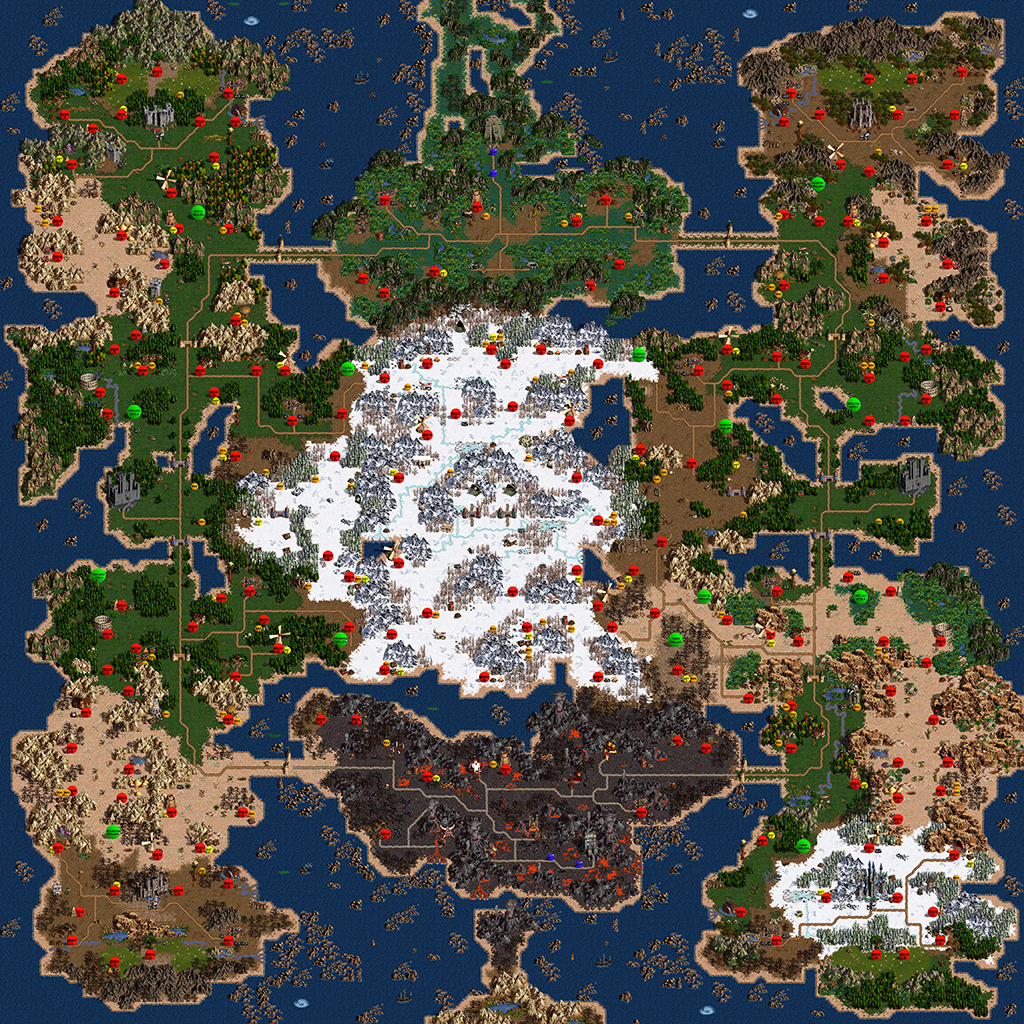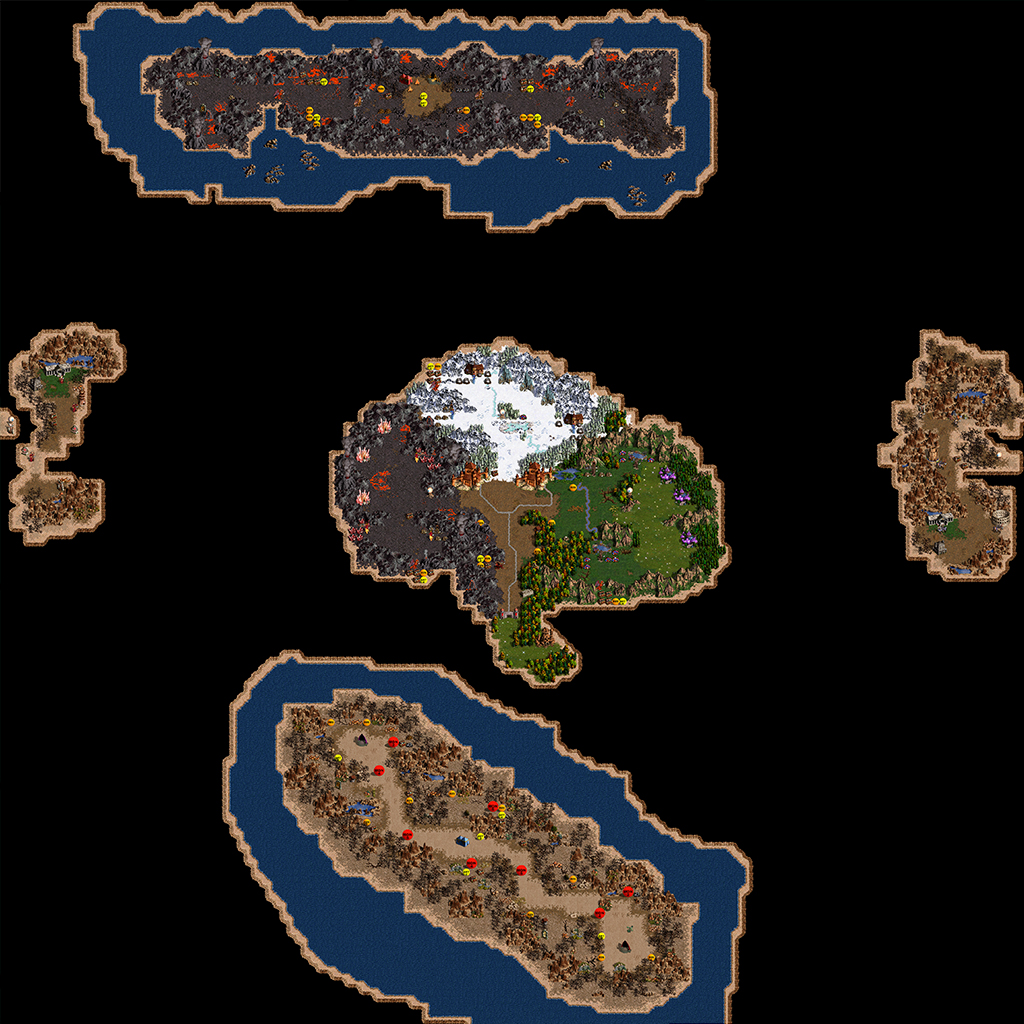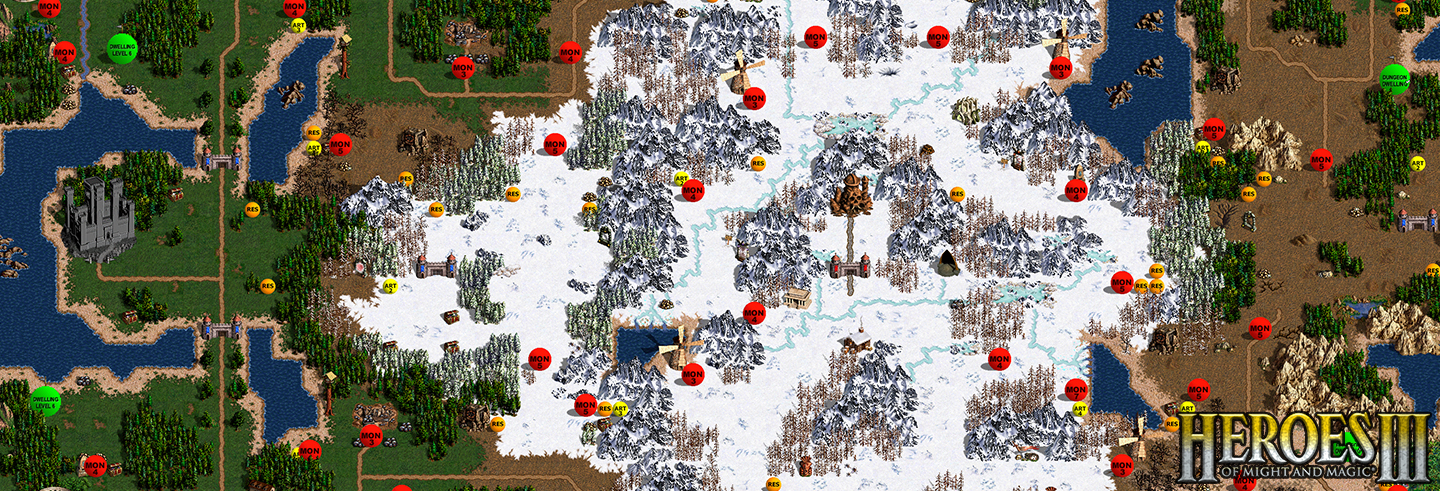
Dragon’s Prize (2016)
Description
Topdown – Surface
Topdown – Subterranean
My goal with the subterranean parts of the map was to create a feeling of separation from the big world at the surface. To strengthen this notion I wrote lore behind the different places which can be read on the signs next to the different entrances leading down below. The subterranean part of the level comes in five isolated zones. The middle one is the bespoken ‘Dragon’s Prize’ which contains riches beyond belief, forgotten artifacts and the ability to attain dragons to fight for you. The zones below and above are two ‘vaults’ connected to the opt-in quest line that leads to the ‘Dragon’s Prize’. The lower zone is ‘The Vault of Initiation’ which is the first challenge the player has to endure to reach the final vault. After the first challenge the player has to take on ‘The Vault of Trials’ which is the upper zone, it is not until then the player will get access to the portals leading to the Dragon’s Prize. More about the Vaults can be found under ‘Territories & Progression: The Vaults’.
Map Layouts – Multiple paths, chokepoints and ‘kiting’
Many of the HOMM3 maps have an open layout with multiple paths which any experienced player can recall being very annoying. Why? Because it encourages players to ‘playing catch’ also known as ‘kiting’, running back and forth between different paths to avoid combat or just sieging with some heroes that doesn’t have armies but can still be used to flag mines. This occurs mostly in mid- or late-game but is still a big issue for reasons rooted in both map layout but also the core game design.
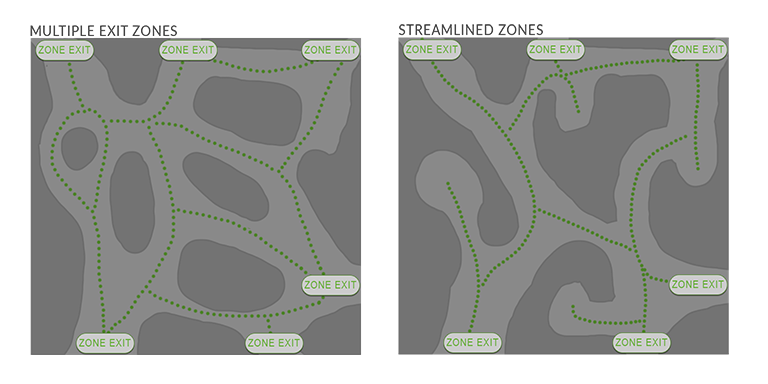
The pictures above shows the difference between very open layouts, Multi-path Zones and Streamlined zones. A lot of the maps in HOMM3 is divided in different zones with certain entrances/exits between them. The layout seen to the left can be found in a lot of maps and really encourages the use of the ‘kiting’ tactics, while the layout to the right pretty much eliminates ‘kiting-possibilities’. Note that these pictures only shows two different ways to use paths and is not actual representations of a map layouts.
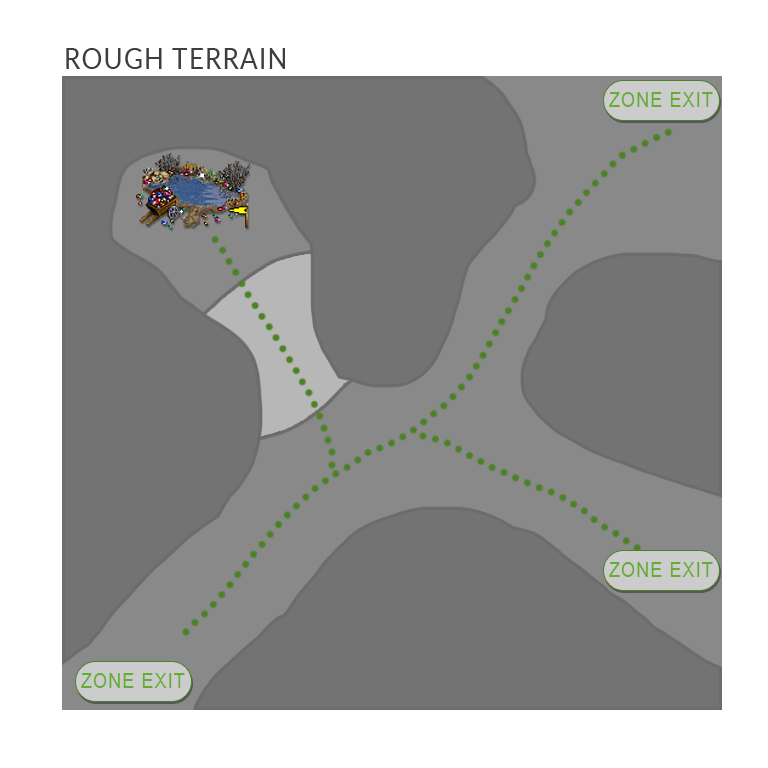
Very often in HOMM3 you can see players siege with not only their main hero and a few other secondary heroes but the main hero and a legion of weak extra heroes that are solely used for a ‘hit and run’ tactic where the extra heroes just run in, flag a mine and run away without any way of catching them quickly enough. Flagging mines like this gives you the control of the enemies different resource generators and while you can chase them down it is still a viable tactic. A way to weaken the the strength of this tactic is to use Rough Terrain in the entrances /surrounding area to a mine like in the picture to the right. Moving over this kind of terrain costs a lot more movement points which lets defending players counteract.
Conclusion
It will most likely be impossible to avoid the occurrence of ‘kiting’ in HOMM3 without breaking the gameplay framework entirely. However, by understanding the relation between narrow ‘corridors’, layout chokepoints, movement impairing terrain patches and resource mine placement, and respect all this when designing the map, the issue can be addressed to an extent.
Territories & Progression
A big part of HOMM3 is about controlling territories as the players have to keep mines and dwellings (places where you can obtain extra creatures) in order to stay ahead of your opponents. A lot of original maps from the game doesn’t have very clear transitions between their territories, they tend to blend together; in some maps it works very well while in others it all turns into a soggy mess path-wise – it’s like every territory has the same level of connectivity. As mentioned in the previous paragraph this encourages kiting strategies which is something I have actively chosen to demote in my layout. In order to emphasize this visually I decided that each zone should have visuals that obviously tells them apart from their neighbouring zones and it is in between these visual transitions that you will find the most narrow chokepoints.
Territories & Progression: Pitting Neighbours
A lot of HOMM3 maps have a heavy snowball effect in their designs which is not bad, but oftentimes this will end the matches very quickly. Due to this the players are never able to amass those huge armies with units from every tier which for me is the coolest thing about the game – the sensation that you have built up your army from nothing to this beast of war. To faciliate players creating armies of this size I decided to create a layout where each player has a neighbour that’s obviously closer and thus easier to siege. Potentially, this can create scenarios where the players takes out their closest neighbour, recuperate and then conquer what’s left of the map in a stand-off with the remainder of the players. Distance-wise each neighbour is about as close as the other but there are two things which will give an advantage to attack your vertically adjacent neighbour:

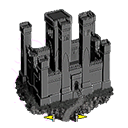
Territories & Progression: Traffic Control
As mentioned in ‘Multiple paths, chokepoints and “kiting”‘ I have put my efforts to prevent players from tagging mines and dwellings with weak heroes. As mentioned I have been using differnt types of ground to make certain areas more expensive to traverse (in terms of travel time). Another important tool for this that I have used for this are Garrisons:
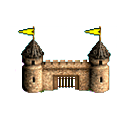
Territories & Progression: The Vaults
As my goal with the map was to create a treasure hunt scenario I wanted to add two optional ‘side-quests’ aside from the main goal to be the player to reach the Dragon’s Prize first. For this I came up with the idea of having ‘Vaults’ which can be reached through two seprate portals placed in the snowy middle zone of the map. As combat focused heroes tends to either use spells or head-on military force I decided that there would be two vaults, ‘The Vault of the Magi’ and ‘The Vault of the Warrior’, each containing items and power-ups that will strengthen the hero reaching the vault first. The vaults does not only give you items, resources and shrines which gives a visiting hero extra skill points, in each vault the first entrant will find a ‘Prison’ in which a long lost champion have been locked up for eons of time. Once visiting the Prison the lost champion will join the players cause. This champion does not have an army but a full setup of artifacts for the player to use. Another goal with these ‘side-quests’ is that these vaults are filled with extra resources and minions that you can kill for experience points.
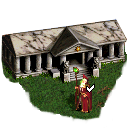
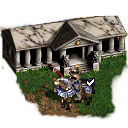
Final Reflection
When I finally got used to the editor I realised my goal of creating very detailed environment by hand-placing everything was a bit too time consuming and it ended up delaying me from finishing the map as it was a hobby project stuck in-between everything else I’m doing. The way I did it was to place every sprite one at the time using the drag and drop tool and after I had finished about half of the map I realised I should’ve used their auto-propping tool a lot more. With the auto-propping tool you select an area and press ‘generate’ and it will create sprites connected to the terrain material below it, a woodland terrain tile would get a tree or a stone for example. The auto-propping tool is entirely random so by using it you will have to do a lot of clean up. However, when I got used to the cleaning process I realised it actually did save me a lot of time. I find that accepting slow pipelines can be very damaging to projects, I should’ve stepped back sooner and researched deeper what the editor had to offer.
When I started this project I considered myself an advanced player but when I finally got under the skin of HOMM3 I realised there’s even more depth than I had in mind. When thinking about all the different mechanics, artifacts, creatures and spells of HOMM3 it’s hard not to think that it’s bloated in a way. I for one really appreciates minimalism and especially in strategy games where all content is reduced so that only the crucial bits are present. However, I think that a part of the magic in the HOMM-series is the vast possibilities you might encounter and that the core of the game is a non-deterministic system based around dice rolls rather than decisions only, it’s like a slot machine and chess combined with some dragons on top. As mentioned previously in the documentation this map was a take on breaking the unbalanced design of HOMM3 but after some consideration I now believe HOMM3 isn’t the kind of game where you want symmetrical maps simply because the game itself is pretty much based on being unbalanced. I had a lot of fun making this map but I will probably not create another map as detailed and big as this one in the HOMM3-editor.
If you read all of this, thank you for showing interest and hit me up if you have some thoughts!

